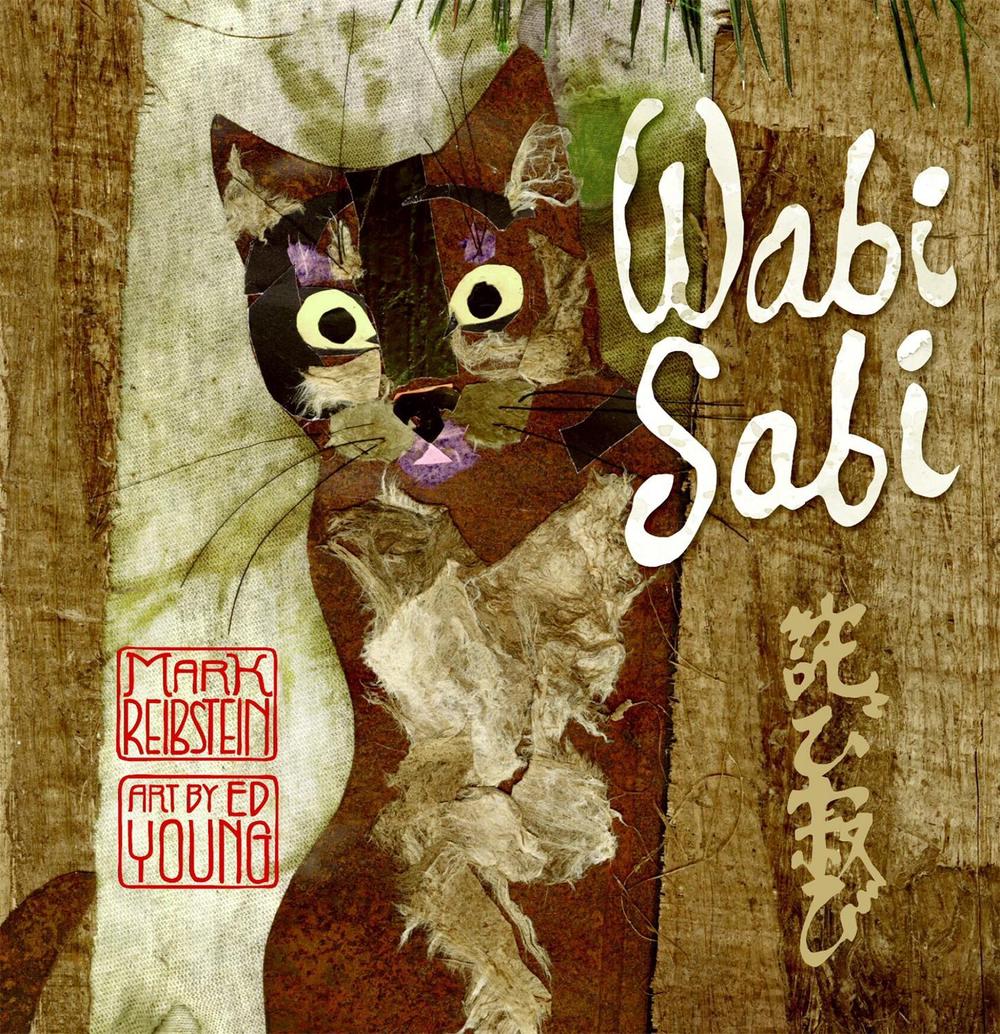

“Lon Po Po: A Red-Riding Hood Story From China” (1989) won him a Caldecott Medal with its dramatic pictures (including a particularly fearsome wolf), creatively enhanced by the thematic use of light and shadow - which also resonates in his dedication: “To all the wolves of the world for lending their good name as a tangible symbol for our darkness.” He added a dimension to the Indian fable of the blind men and the elephant with “Seven Blind Mice”: Six mice, in rainbow colors, misconstrue the bits of the elephant they touch, but the seventh - white, like unrefracted light - explores the whole and grasps the truth.

Wabi Sabi is now available from Little, Brown.In a long, distinguished career, Ed Young has often conveyed the depth of apparently simple stories through his illustrations. I’m convinced, however, that Wabi Sabi isn’t so much a children’s book as it is an art book for aesthetes with an interest in traditional Japanese culture–and I enjoyed it very much.

Also, I think the illustrations were a little too nuanced and complex for her–very young children tend to like strong, defined lines and bright primary colors. Wabi Sabi was too long for my fifteen-month old daughter’s precious attention, and the scroll-style layout made it almost impossible to read with her on my lap (the book is also pretty much impossible for my scanner to handle, unfortunately for you dear reader). This short appendix also includes an English translation of the 14 haiku poems by Basho and Shiki that show up in the margins (in kanji, no less) on each of the pages. The book also features short but detailed (and aesthetically-pleasing) endnotes explain the history of wabi sabi, haiku, and haibun. Wabi Sabi reads up-and-down as opposed to left-to-right, evoking a traditional scroll, allowing Young to utilize the depth and motion of the full space. Young’s kinetic yet peaceful art resonates with the book’s theme of finding beauty in the incomplete or imperfect, and is probably the best reason to buy this book.

Not enough praise will do justice to Young’s rich, dense collage illustrations, which evoke the luxurious complexity one associates with masterpieces of ukiyo-e. Artist Ed Young brings Reibstein’s story to vivid, shimmering life. Mark Reibstein’s simple but lovely script effectively incorporates haiku poems (including three haiku composed by Wabi Sabi herself, who finds artistic freedom at Ginkaku-ji) that can stand on their own as a simple story. Wabi Sabi tells the story of of a cat from Kyoto named, uh, Wabi Sabi, who goes on a journey of self discovery in order to find out the elusive meaning of her name.


 0 kommentar(er)
0 kommentar(er)
